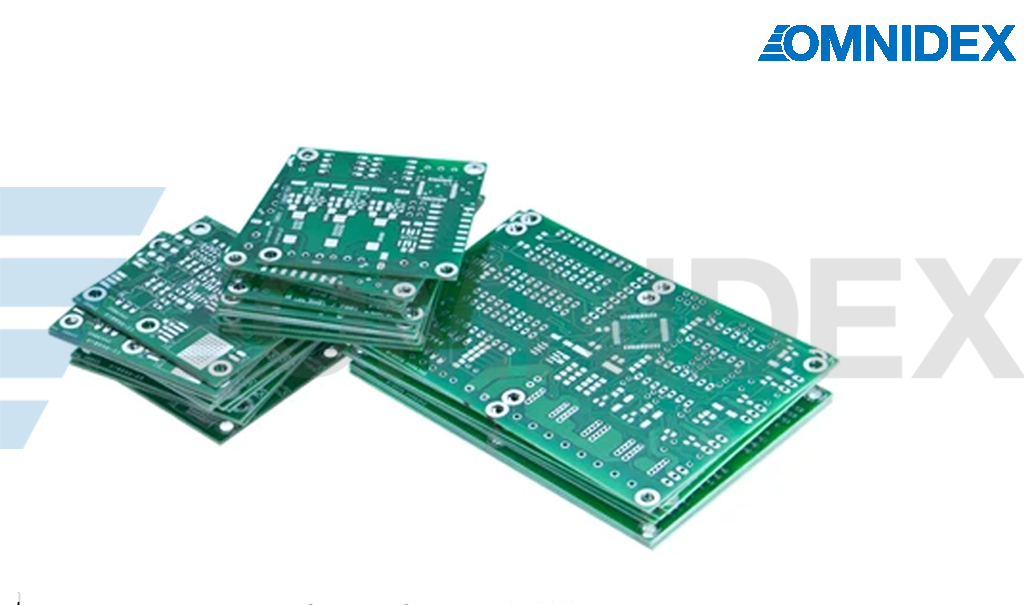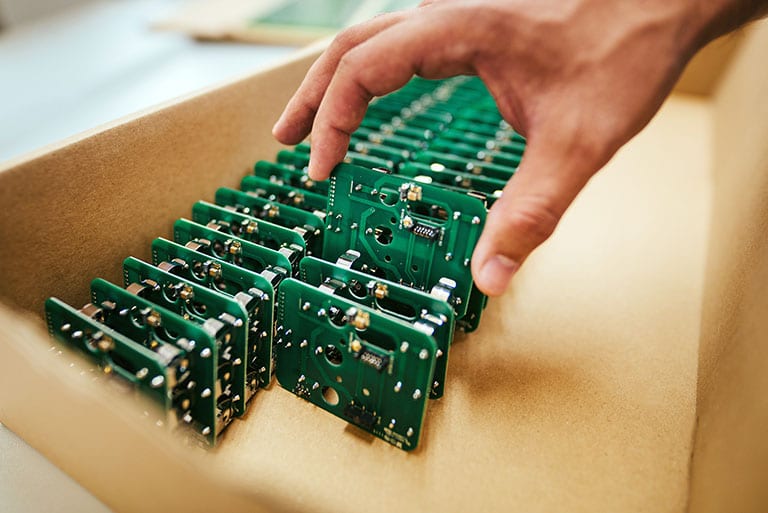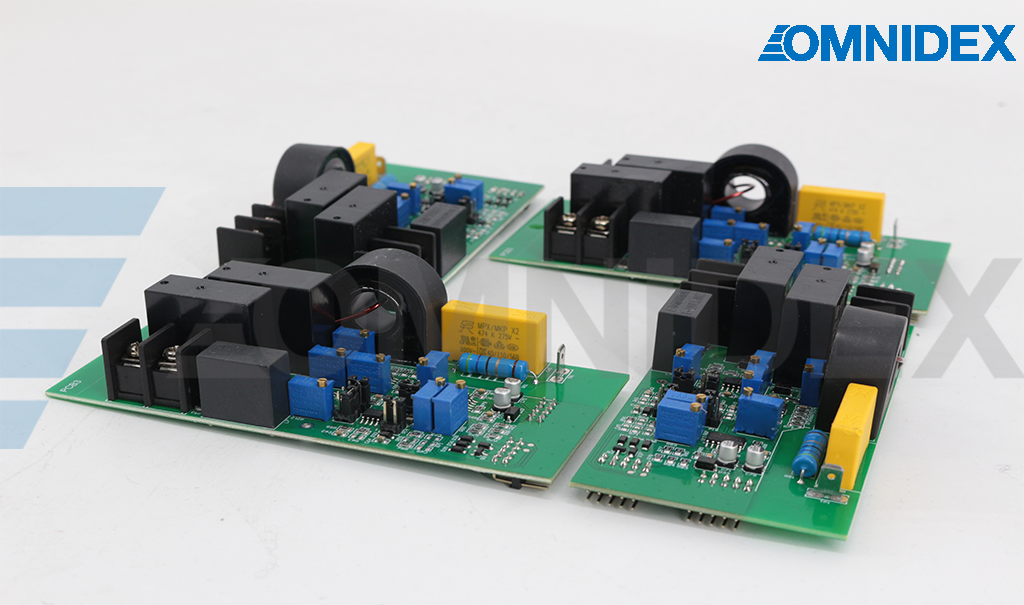

Iron vs steel: What are the Differences Between Metal, Iron and Steel
Many electrical devices and heavy machinery rely on Printed Circuit Boards (PCBs) for their operation. When designing a PCB for any given device, it is important to understand the importance of the copper base material thickness as it relates to the conductivity and the overall efficiency of the board.
Our guides will explain how copper ensures prime circuit conductivity, how various PCB thicknesses cater to specific boards and devices, and how to order from certified manufacturers.
Today’s PCBs include devices that operate on strong currents and networks that have high current densities. Due to copper’s high conductivity of electricity, these electrically conductive networks are best paired with copper. Copper is the most important base material for PCBs despite having been layered with a substrate, solder mask, and silkscreen.
Unlike other metals, copper is a great conductor of heat and electricity. Despite its thermal conductivity, the PCB is susceptible to limited heat damage because stress resulting from high temperatures is distributed to other components of the device. Furthermore, copper ensures that PCBs are highly efficient because it transmits signals rapidly without losing any electricity in the process.
Due to copper’s high conductivity, only a tiny amount of copper is needed to create a PCB. Nevertheless, a heat sink needs to be installed directly on the copper’s surface in order to change its temperature so that its conductivity capabilities can be varied.
It takes one ounce of copper to make 35 micrometres of copper that are 1.4 thousandths of an inch thick. This can be used for a whole square foot of PCB. Understanding copper grade and PCB thickness measurements are essential when calculating the copper weight.
To begin with, you must determine the shape (or form) of the copper that is in front of you. Copper sheets, tubes, and bars are generally preferred by manufacturers. As well as determining the purity of copper, you will also need to ascertain its composition.
Semi-pure copper is known as C110 and is available from most manufacturers as an alloy that combines copper and nickel. Copper has a thickness of 1.37 mils per ounce if a manufacturer claims it to be pure copper. To determine the thickness of your copper, make sure you roll out an ounce and measure the thickness of your PCB, then multiply it by the ounces you possess. In case you’re not sure how to do it yourself, you can order pre-measured copper from manufacturers based on your PCB’s specifications.
Printed circuit boards typically use copper the thickness of one ounce, which carries a significant amount of current, enough for most electrical equipment. As the most versatile industry standard, this copper thickness can be used for flexible and rigid PCBs.
Keep in mind that keeping costs low is likely to increase the appeal of your device and its profit margin. The experts have determined that one ounce of aluminium is the most cost-effective option, so you can obtain the durability and efficiency you seek for your circuit board without exceeding your budget.
However, if you’re designing a more high-end product and you have a higher budget, it’s tempting to consider other PCB thicknesses as well. It is important to note that larger thicknesses will take your order longer to process, as the manufacturer will need more time to apply the copper. Another common thickness is 5 ounces (about 0.7 mils wide), which is appropriate for smaller products requiring little power, and 2 ounces (about 2 mils wide), which can be used to wrap high-performance equipment.
If you’re making bullet-proof PCBs for applications with a high risk of damage, you may want to consider 3 ounces and 4 ounces of copper. Compared to thinner copper, they are significantly more reliable; however, it is up to you to determine if they are worthwhile for the high investment and long manufacturing time.
According to many contract manufacturers, PCBs are generally 1.57 mm thick, or approximately 0.062 inches. This is true to some extent. In the earliest days of board fabrication, bakelite sheets were made in this size and it has persisted to this day.
Therefore, this thickness can be considered as the PCB thickness historical standard. The standard thickness for boards continues to be widely used for designs today, although boards are made in various sizes and shapes.

It is more accurate to describe today’s PCB thicknesses as a range of standards. These are 0.031in (0.78mm), 0.062in (1.57mm) and 0.093in (2.36mm). There are other board thicknesses that may be available depending on what PCB fabrication and assembly services you choose. Design and manufacturing factors are considered when determining PCB thickness. These are listed below.


In general, PCBs are available in common sizes as sheets or panels. You are likely to find these in stock or can rapidly obtain them from your CM. Your CM may be able to process other sizes, but they are limited by the capabilities of its equipment, as well as the delay or back-order time needed to get them. If your design calls for a board thickness that is unusual, your CM may not be able to provide it, and you may be slowed down by the time required to obtain the sheets or panels from the manufacturer. In order to customize PCB thickness, you need to carefully consider these factors along with those previously mentioned.
Your next step is to place an order with a reputable electronic manufacturer once you have determined the thickness of copper you require for your PCB. All manufacturers are not created equal, and only the best will show reliable purity grade, wait time, and price. The manufacturer you choose should be compliant with manufacturing standards, and its engineers should have experience in the industry. Copper quality, as well as thickness, is a factor in how long your PCB will last. Consequently, quality ratings should take equal precedence as weighting when determining your PCB’s efficiency and durability.
With more than 78 manufacturing processes, including metal casting, metal fabrication, precision CNC machining, plastic fabrication, metal finishing and more, etc., in addition to our 200+ sub-contractor partners, OmnidexCN is able to support every project or component production regardless of the development stage or mass production.
Whether you are an emerging start-up company or a blue-chip corporation, we are keen on providing the most adequate solution for your next project. Contact Us to discuss more details or learn more about our other manufacturing processes and services.
Contact our Customer Service and let us know how we can help to catapult your next project to success.

If you are looking for metal casting services, our brochure is a great way to discover what Omnidex has to offer. You can download HERE or EXPLORE HERE to learn more or .


If you are looking for metal casting services, our brochure is a great way to discover what Omnidex has to offer. You can download HERE to learn more.

Copyright © 2024 Omnidex. All rights reserved.